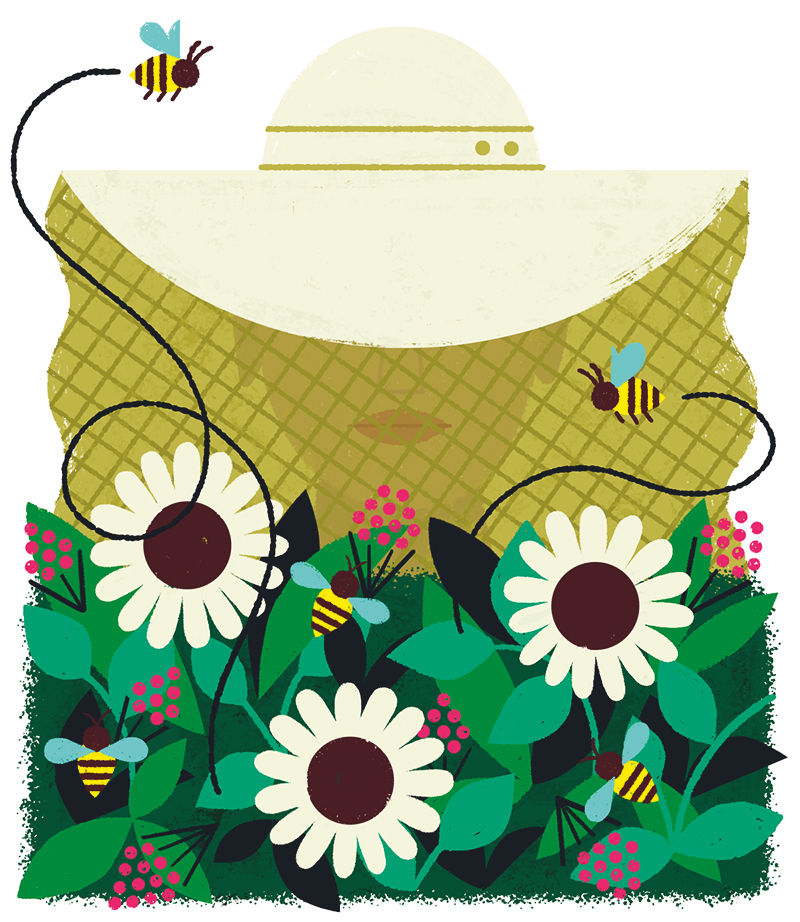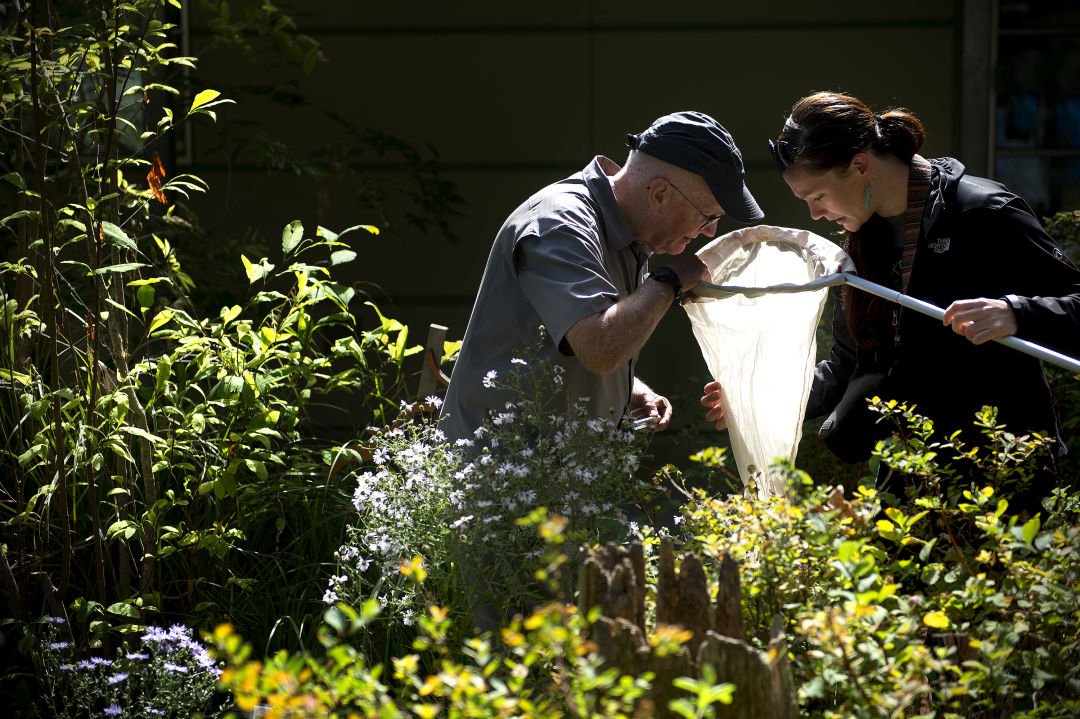Save the Bugs. Save the World.

Image: Loris Lora
As the Xerces Society’s Scott Black likes to remind people, your dinner plate would be really, really boring without bugs. As the prime pollinators of about one-third of the world’s food (including Oregon berries and apples), or as a food source for birds and salmon, teeny invertebrates—bees to beetles to butterflies—have an outsize impact. And we are shrinking their habitats at record rates.
“Insects and plants are the fabric of the planet,” explains Black, who has served as the nonprofit’s executive director since 2000. “The Xerces Society protects them.”
Like a Justice League for creepy-crawlies, the society and its partners have been fighting for the littlest links in our ecosystem since 1971, in backyards, farms, and wildflower hedgerows from Portland to Minnesota and as far away as India. At this point, wherever you are, if you wanna bring the pollinators to your party you connect with Portland’s Xerces. In the past two years alone, Xerces (named for the first butterfly to go extinct in North America due to human activities) helped restore or protect more than one million acres for pollinators across the nation.
“We should protect polar bears and tigers, but it’s difficult to engage beyond giving money,” says Black. “But anybody can take action to protect insects. It’s a gateway to doing conservation.” Locally, volunteers snap photos of bees, which experts help ID and which are logged in Xerces’s tracking database. Its Pollinator Protection Pledge (8,000 signees and counting) encourages neighbors and schoolkids to plant bee-friendly, pesticide-free gardens. Earlier this year, members moved more than 300 freshwater mussels that filter and clean the water in Johnson Creek out of the path of construction projects ... by hand.

Peering into an insect net during a workshop about pollinator conservation in towns and cities
Image: Courtesy Amanda Lucifer
Xerces often partners with other groups in Portland and beyond: helping the Oregon Zoo promulgate rare butterflies or planting big leaf lupine and pearly everlasting at Forest Park trailheads with Friends of Trees. A decade ago, Xerces teamed with Friends of Trees to plan and plant 60 to 80 yards of hedgerows in Wilsonville’s Memorial Park Community Garden—using a clever design that fronted native trees and shrubs with scalloped bays of blooming wildflowers, creating a series of intimate pollinator havens.
“The design was informed by Xerces members, who explained that some hummingbirds and bumblebees are territorial. They’ll knock each other off flowers and [wage] aerial attacks if they don’t have their own little area,” remembers Logan Lauvray, the green space program manager for Friends of Trees. “Xerces always brings that kind of nuanced, informed information to the table. They say: ‘Hey, this is how we can make a project even better.’”
Do you know other nonprofits, organizations, or volunteers doing incredible work? Nominate them for our 2019 Light a Fire Awards—submissions are open now!















